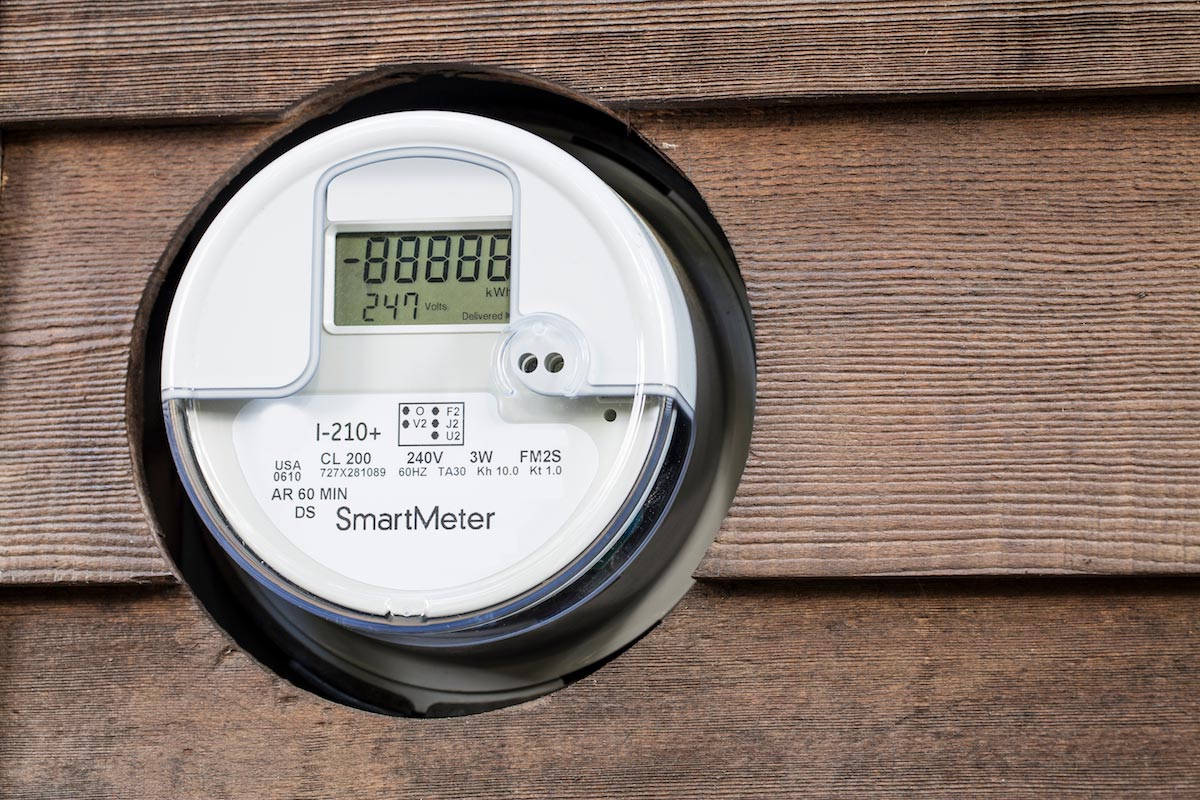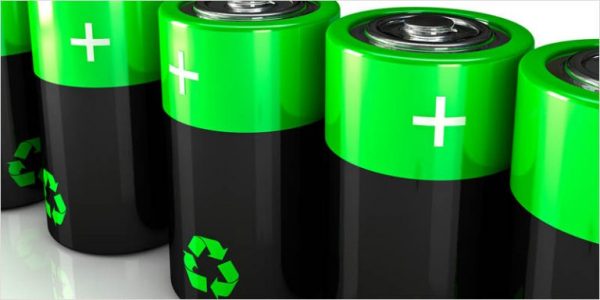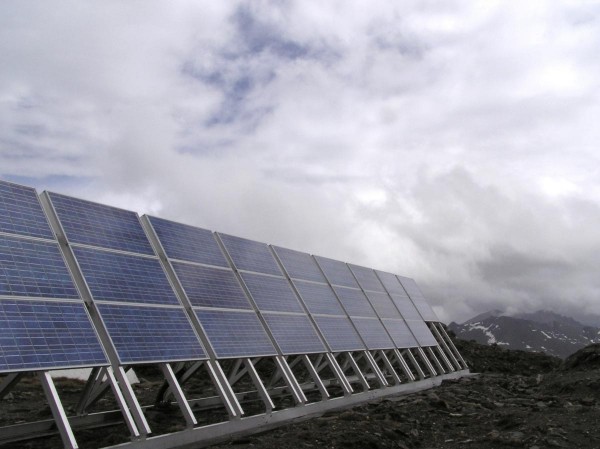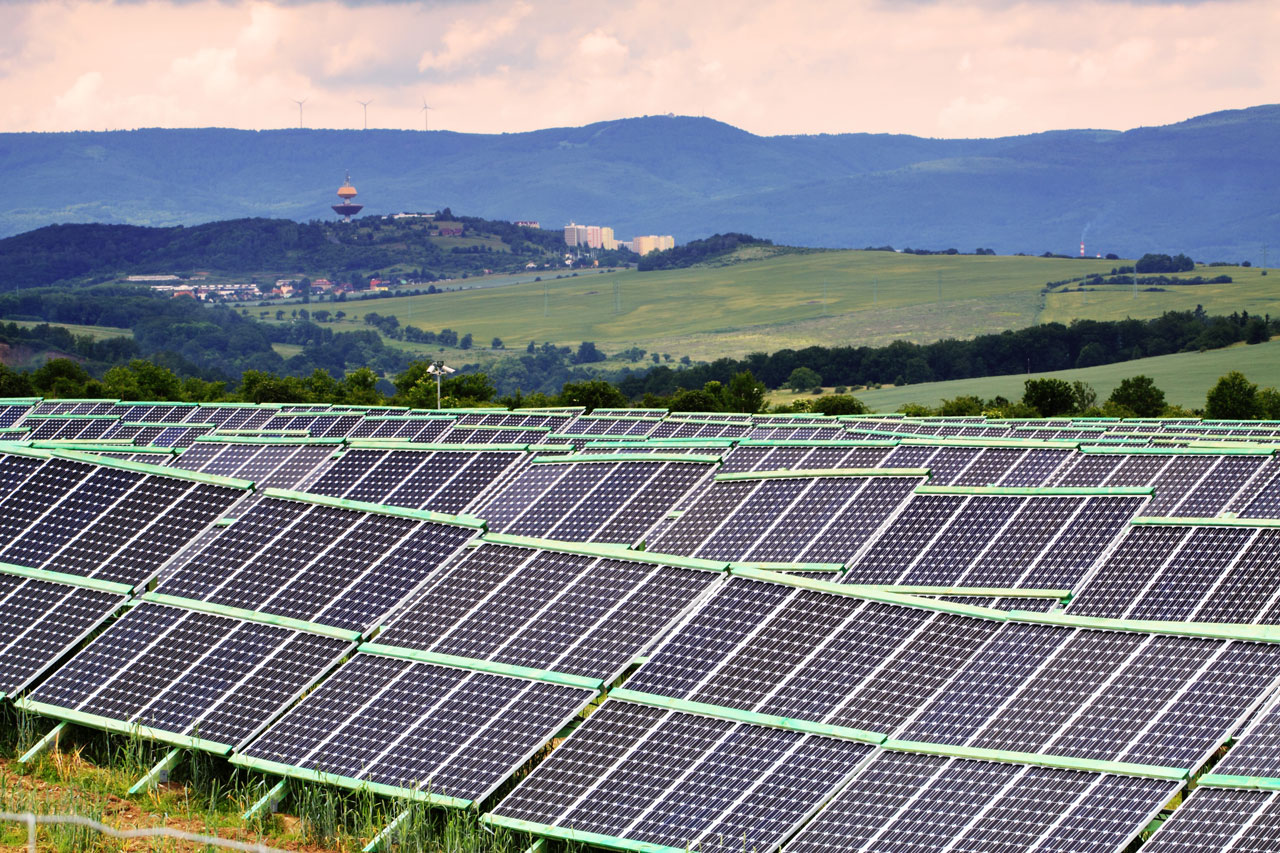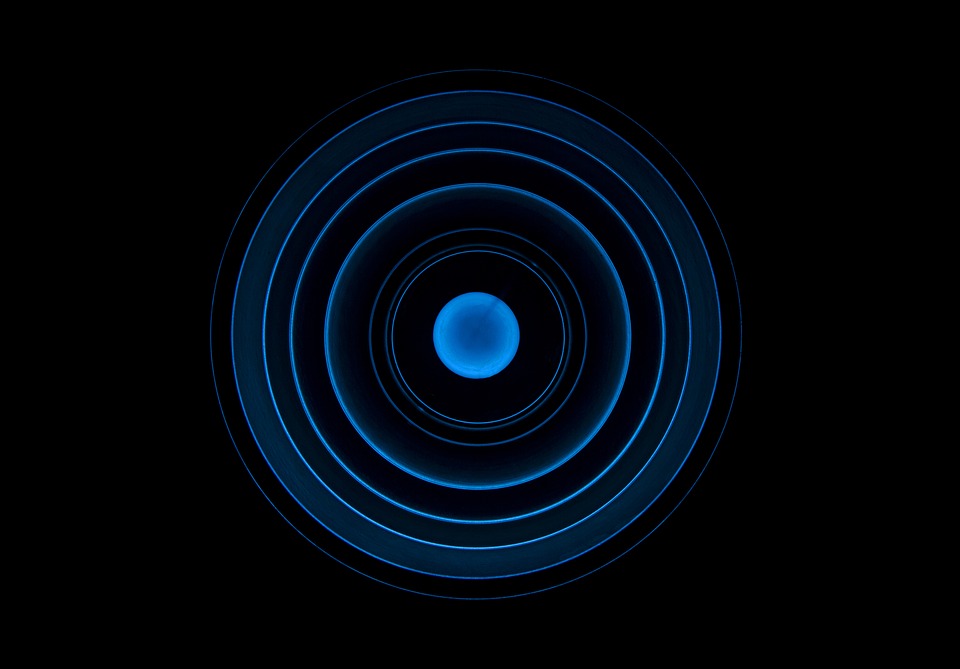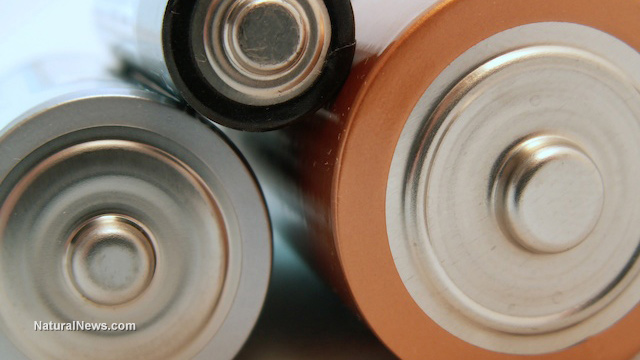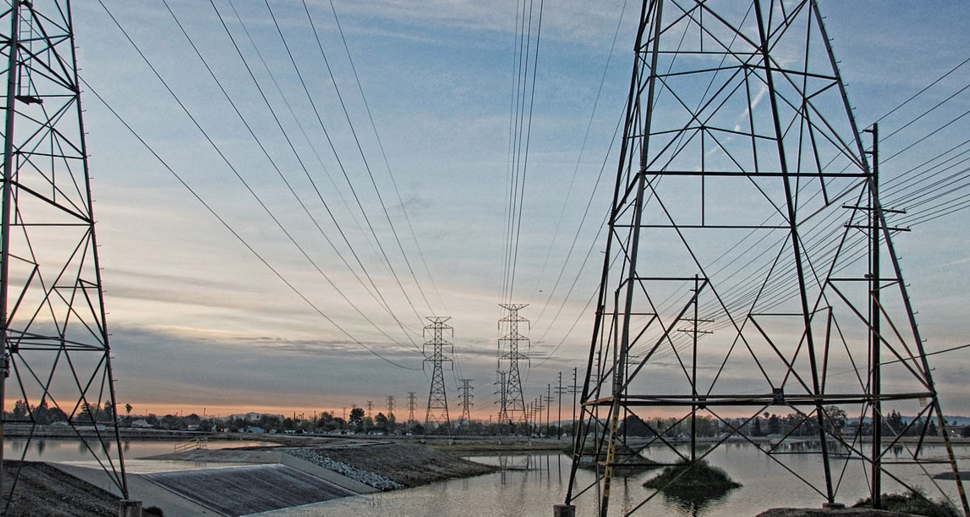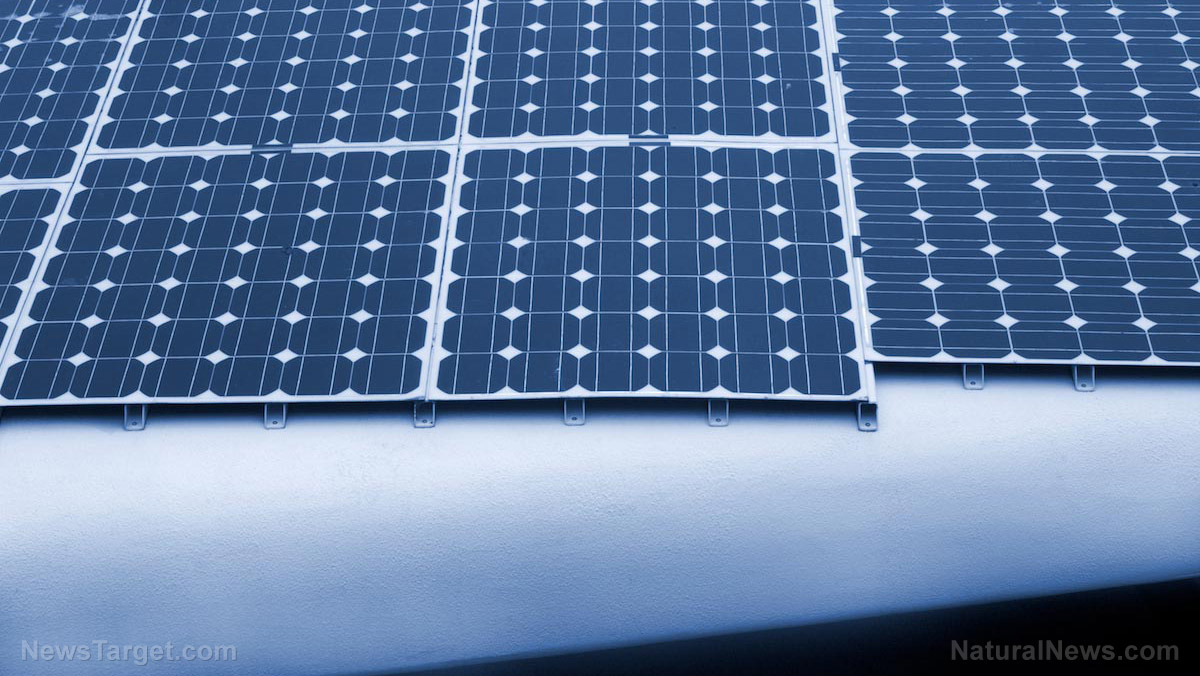Compared to any other province, people living in Ontario pay steeper rates for their power. According to The Globe and Mail, electricity prices in Ontario have soared in the past decade, rising four times as fast as inflation. Despite the use of the term “hydro” as a synonym for electricity, Ontario relies on a mix of energy sources to power the grid. Nearly 60 percent of the electricity comes from nuclear power plants and about 24 percent comes from hydroelectricity.
Today, Ontario’s electricity system is a tangle of public, private, and semi-private companies, hence its hefty price tag. In an attempt to reduce energy consumption during peak periods and slash electricity costs, smart meters and time-of-use rates were introduced in November 2011.
Unfortunately, Ontario’s $1 billion smart meter program has delivered few benefits for the hefty electricity cost, new research conducted at the University of Waterloo in Canada reported. Their analysis was recently published in the journal Energy Policy.
Are smart meters worth the $1 billion investment?
The power supply can be divided between “baseload” and “peaking” power. While baseload generation of electricity is a continuous process providing the grid with a steady stream of power, peaking power is only switched on when needed.
Smart meters allow electricity companies to charge different prices at different times of the day. Smart meters were supposed to encourage energy savings, especially during peak times when the grid is under much more stress. One of the key goals of Ontario’s smart meter project was shifting the demand for electricity away from peak periods to reduce maximum capacity requirements and save money on infrastructure, reported Science Daily.
Unfortunately, these smart meters aren’t the “smarter” solution. In fact, smart meters could be overbilling you by an astonishing 582 percent while destroying your health.
After comparing data of nine months before and nine months after smart meters and time-of-use (TOU) rates were introduced in Ontario in November 2011, researchers concluded that the new pricing system only has a modest impact on reducing peak demand and energy savings.
To come to that conclusion, the Waterloo researchers used a set of smart meter data of over 20,000 households. The authors of the study did not disclose the name of the electricity company that provided the data.
The data contained measurements from the summer before and after the implementation of TOU pricing in November 2011. Using advanced statistical tools to factor out the impact of weather differences, their analysis showed that the residential demand for electricity dropped only 2.6 percent during on-peak periods and 2.4 percent during mid-peak periods following the change.
“There is a gain, but the gain is very small,” said Lukasz Golab, a management sciences professor and Canada Research Chair at Waterloo.
Is this futile gain enough to justify the initial $1 billion investment? A delicate question Professor Golab doesn’t dare to answer. He noted that his team’s findings don’t offer any insights whether the savings thus far made the cost of installing smart meters worthwhile.
“Is it enough? Of that I’m not sure. We don’t have the data to decide if these kinds of savings warrant the use of smart meters,” said Catherine Rosenberg, a Canada Research Chair at Waterloo and professor of electrical and computer engineering.
Furthermore, the study authors also suggested that time parameters used to set the different rates may not be aligned properly for residential customers. The summer on-peak period on weekdays is set from noon to 5 p.m., but according to the data used by the Waterloo researchers, the demand hit its highest point at 6 p.m.
Find more smart meter and TOU news at SmartMeters.news.
Sources include:
ScienceDaily.com
ScienceDirect.com
TheGlobeAndMail.com

